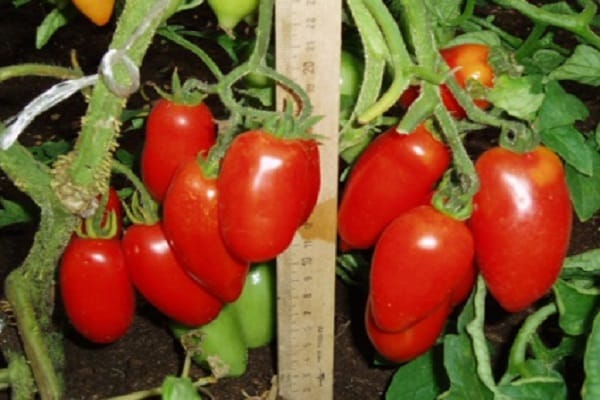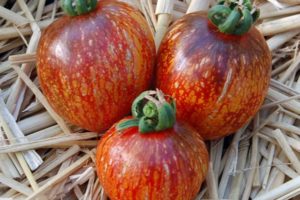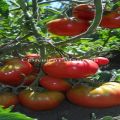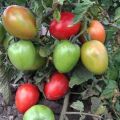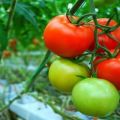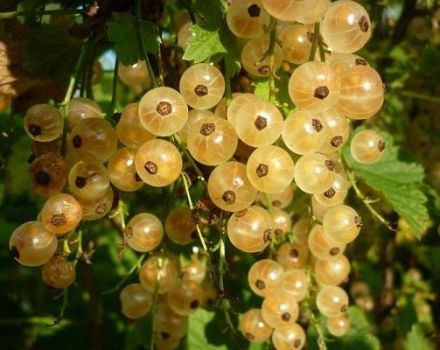Description of the variety of tomato Siberian surprise, features of cultivation and care
The Siberian surprise tomato belongs to an indeterminate type of tomato with an early ripening period. The characteristics of the variety indicate that the first harvest is obtained in 101-110 days. The height of the bushes reaches an average of 1.2 meters. The plant has a powerful stem resistant to external influences. Shoots have large leaf plates with a rich green color. Fruits are formed in clusters, formed at the time of ovary from simple inflorescences.
The first cluster is usually formed after 10 leaves, each next inflorescence through a distance of 1-2 leaves... One node can contain up to 10 tomato fruits.
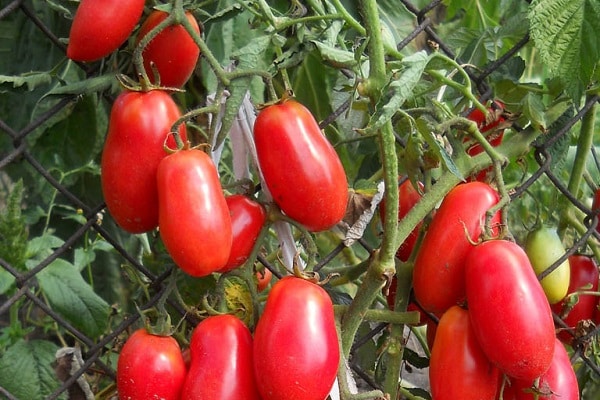
The variety is considered unpretentious to growing conditions and resistant to most tomato diseases, therefore it is recommended for planting for novice gardeners without sufficient skills and experience in working with horticultural crops.
Tomatoes in cold regions are grown in greenhouse structures. Due to the quality of frost resistance, the variety shows good yields when grown in areas of the country with a cold climate.
Advantages and disadvantages
The tomato is listed in the state register as a plant intended for cultivation in the open field and in greenhouses, therefore, the variety is considered universal. The advantages of horticultural culture are the following qualities:
- versatility of use, can be used for fresh consumption or as a raw material for conservation;
- good ability to withstand stress, environmental influences, including low temperatures;
- excellent taste and appearance;
- early ripening, high yield rates;
- unpretentiousness in growing.
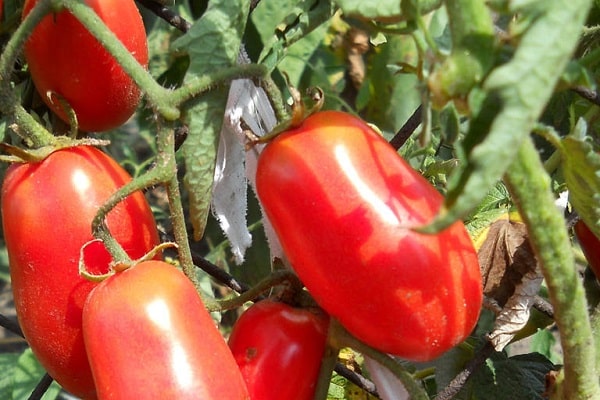
The disadvantages are associated with the characteristics of all indeterminate varieties. The plant needs tying and periodic removal of stepsons.
Features of fruits
The fruits have a pronounced shape of elongated cylinders, visually resembling pepper. Reviews of gardeners confirm the good ability of the variety to set the ovary even in bad weather conditions. At the ripening stage, vegetables have a light green hue and a characteristic dark spot at the junction with the stalk. Tomatoes, when ready to eat, take on a deep red color.
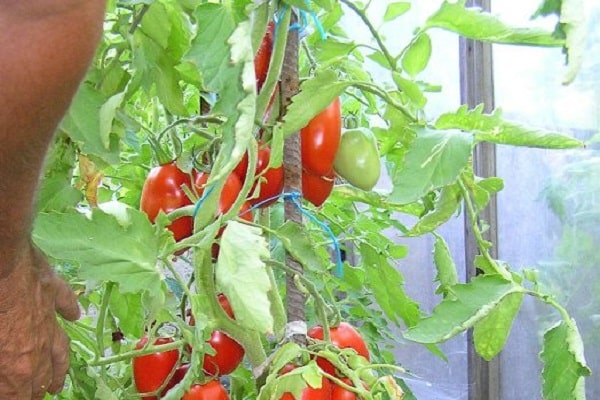
Description of the variety:
- the average weight of one tomato reaches 80-150 grams;
- fruits have a dense structure;
- a feature is a strong skin;
- the pulp is fleshy, juicy;
- vegetables have a rich tomato aroma and taste.
Due to the large number of fruits in the tassels and the good ovary ability, the garden crop shows good yields. Subject to the rules of cultivation, up to 10 kg of tomato are harvested from 1 m.

The nuances of planting and care
The cultivation is carried out by means of seedlings. The sowing time of the seed is determined so that, on average, 60 to 70 days pass before the time of transplanting into permanent soil. Before planting, the seeds are checked for defects, a disinfection procedure and growth stimulation are carried out.
The soil is disinfected by calcining it in the oven to destroy harmful microorganisms. After that, the soil is spilled with a weak solution of potassium permanganate. The seeds are laid in the soil at a distance of 1 cm, left between the depths of 3 cm. The dive of the seedlings is carried out after the formation of 2 true leaves.
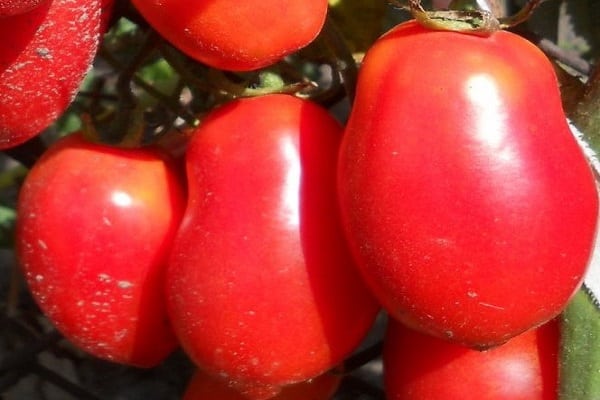
Watering is carried out every 5 days, to obtain strong seedlings, it is necessary to provide 16 light hours, otherwise thinning and stretching of the shoots will occur. In case of insufficient natural light, special lamps are used, placing them at a distance of 10 cm from the bushes.
It is recommended to prepare the soil in the place of the planned cultivation in advance by plowing it in the autumn period together with humus.
In the absence of a threat of frost, work begins on transplanting seedlings. Immediately before planting, ash is introduced into the ground and watered. The wells are formed with an interval of 40 cm and 1 m2 place no more than 3 plants. Bushes form into 2 or 3 stems. The plant responds well to feeding with mineral complexes, therefore it is recommended to carry out such work several times per season.
